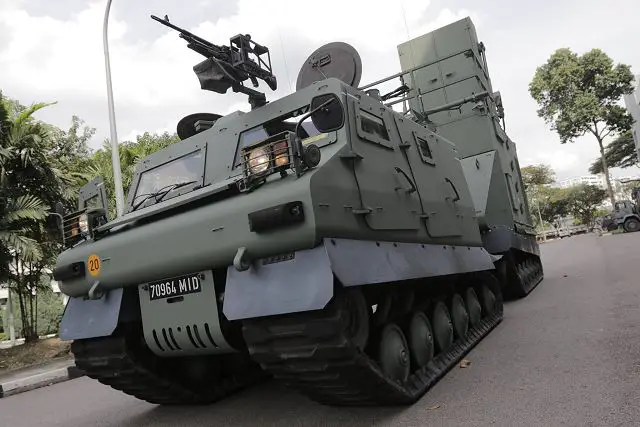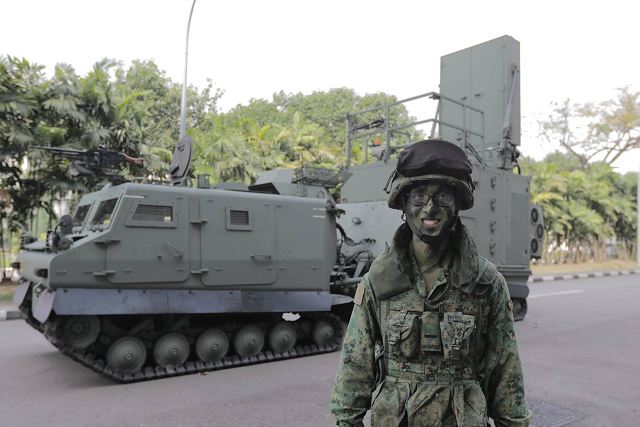Breaking news
SAFARI Weapon Locating Radar enters in service with the Singapore Armed Forces 13009163.
| 2016
|
|
|||
|
Defence & Security News - Singapore
|
|||
|
|
|||
|
SAFARI Weapon Locating Radar enters in service with the Singapore Armed Forces.
|
|||
|
The SAFARI Weapon Locating Radar (WLR) was commissioned on September 28, 2016, with the Singapore Army. Highly mobile and responsive, the SAFARI WLR enhances Army’s force protection against indirect fires.
|
|||
|
|
|||
 The new SAFARI Weapon Locating Radar of Singapore Army mounted on rear section of Bronco tracked all-terrain vehicle. (Photo Facebook Singapore Army) The new SAFARI Weapon Locating Radar of Singapore Army mounted on rear section of Bronco tracked all-terrain vehicle. (Photo Facebook Singapore Army) |
|||
|
|
|||
|
Its was commissed, held in conjunction with the turn-ops parade of the SAFARI WLR Detachment from 24 SA, marks a milestone in the Singapore Artillery’s 3rd Generation Transformation! The SAFARI Weapon Locating Radar is mounted to the second vehicle of the two-sections Bronco tracked all-terrain vehicle. The Bronco All Terrain Tracked Carrier vehicle is a twin chassis multi-purpose articulated tracked carrier jointly developed by ST Kinetics and the Defence Science & Technology Agency (DSTA) for the Singapore Army. |
|||
|
|
|||
 |
|||


























